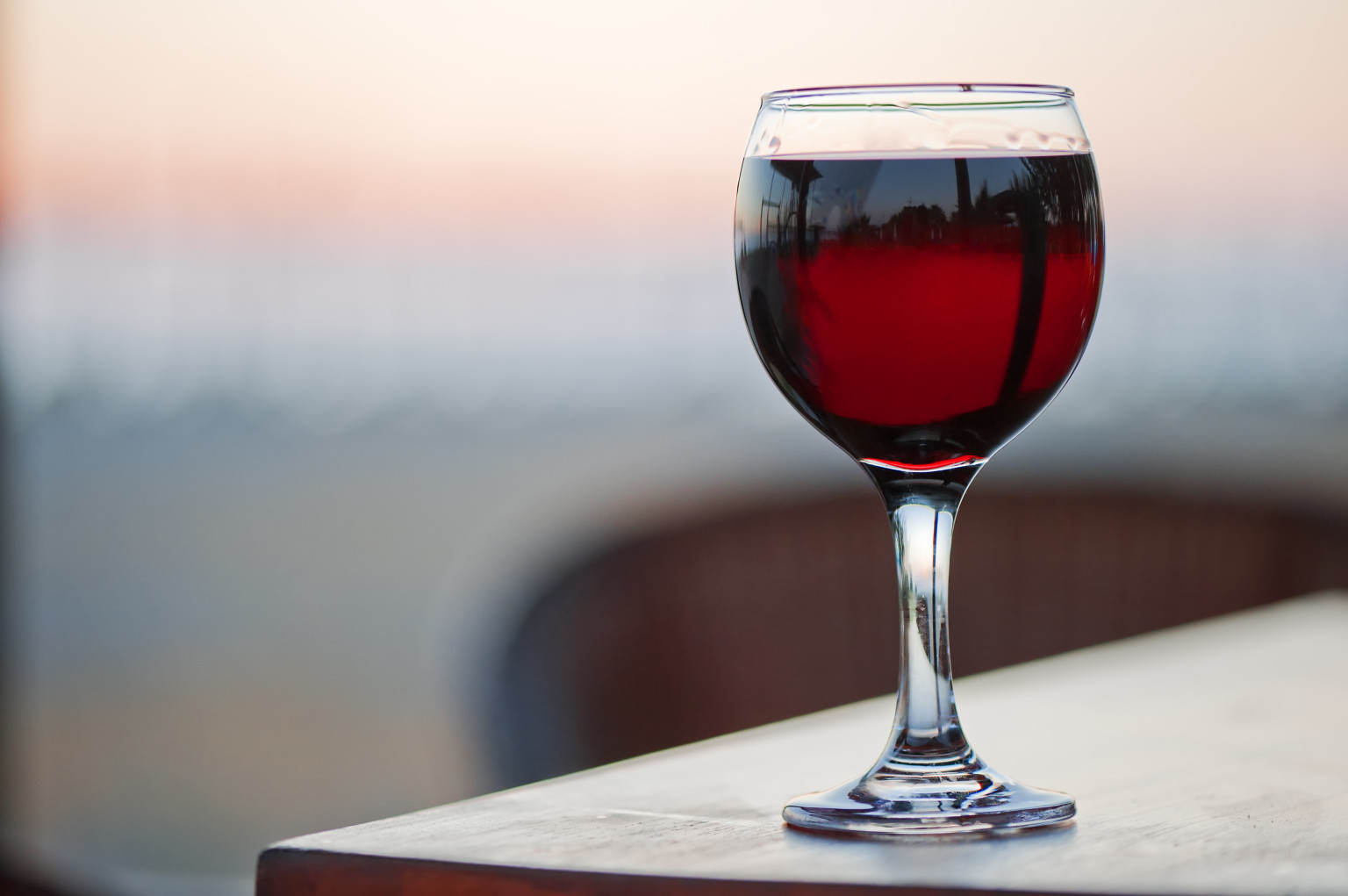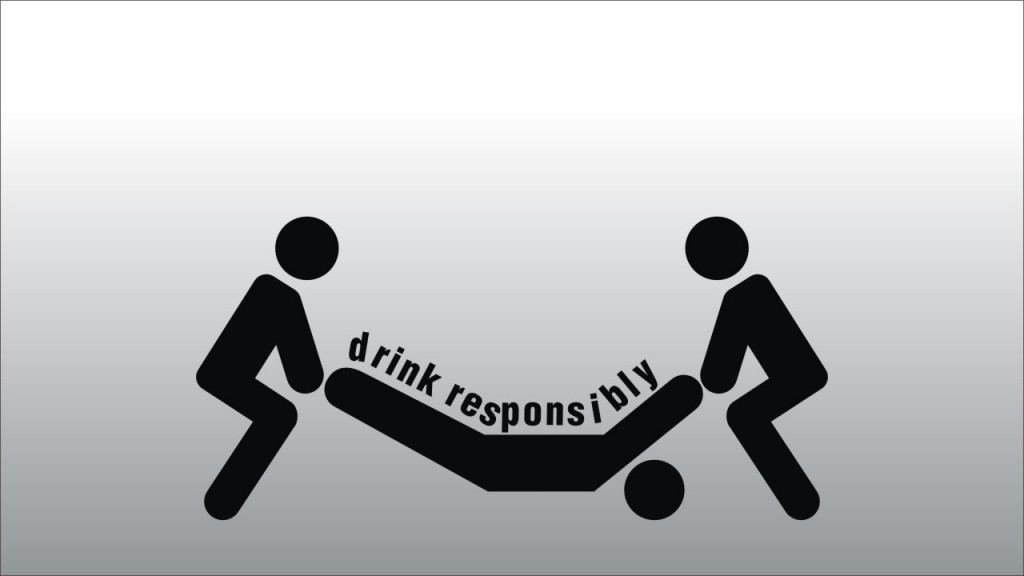LINK:
https://docs.google.com/document/d/1OfE8-1Kxk3SpyjcoYAE3AHuzJ5ZnSteMtUbZq5gGHRQ/edit
ABSTRACT:
College alcohol abuse is an epidemic that isn’t showing signs of slowing down. Lack of results produced by government and academic policies shows that the problem may stem from culture rather than laws. One possible solution is to engage the problem through the lenses of social norms theory. Theoretically, social norms theory should effectively combat college alcohol abuse by changing student misperceptions of peer alcohol consumption to reflect reality. Social norms theory has been implemented in several government-run programs as an alternative to traditional forms of prevention. Ways that social norms theory have already been applied to college drinking include media campaigns and monitored responsible drinking sessions hosted by academic institutions.
BIBLIOGRAPHY:
"Alcohol Policy - Rutgers University Residence Life." Rutgers University Residence Life. Rutgers, the State University of New Jersey, n.d. Web. 09 Dec. 2015. <http://ruoncampus.rutgers.edu/policies/residence-hall-policies/alcohol-policy/>.
Anonymous Rutgers Students. "Rutgers Responsible Drinking Happy Hour." Interview by Angelo D. Ragusa. 1 Dec. 2015.
Berkowitz, Alan D. "The Social Norms Approach: Theory, Research, and Annotated Bibliography." (n.d.): n. pag. AlanBerkowitz.com. Aug. 2004. Web. 9 Dec. 2015. <http://www.alanberkowitz.com/articles/social_norms.pdf>.
Champion, Denisha A., Todd F. Lewis, and Jane E. Myers. "College Student Alcohol Use And Abuse: Social Norms, Health Beliefs, And Selected Socio-Demographic Variables As Explanatory Factors."Journal Of Alcohol & Drug Education 59.1 (2015): 57-82 26p. CINAHL with Full Text. Web. 10 Dec. 2015. <http://eds.b.ebscohost.com.proxy.libraries.rutgers.edu/eds/pdfviewer/pdfviewer?sid=0da553ee-518a-4eb9-bd30-a333ffb16d69%40sessionmgr198&vid=2&hid=122>
"College Drinking." College Drinking. National Institute on Alcohol Abuse and Alcoholism, n.d. Web. 09 Dec. 2015. <http://www.niaaa.nih.gov/alcohol-health/special-populations-co-occurring-disorders/college-drinking>.
"Fact Sheets - Binge Drinking." Centers for Disease Control and Prevention. Centers for Disease Control and Prevention, 16 Oct. 2015. Web. 09 Dec. 2015. <http://www.cdc.gov/alcohol/fact-sheets/binge-drinking.htm>.
Gladwell, Malcolm. "Drinking Games." Malcolm Gladwell. N.p., 15 Feb. 2010. Web. 09 Dec. 2015. <http://gladwell.com/drinking-games/>.
Grube, Joel W. "Alcohol in the Media: Drinking Portrayals, Alcohol Advertising, and Alcohol Consumption Among Youth." The National Center for Biotechnology Information. U.S. National Library of Medicine, 2004. Web. 10 Dec. 2015. <http://www.ncbi.nlm.nih.gov/books/NBK37586/>.
Rockefeller, John D., Jr. Letter to Nicholas Murray Butler. 6 June 1932. MS. 26 Broadway, New York City, New York. Web. 09 Dec. 2015. <http://www.drugpolicy.org/docUploads/RockefellerLetter1937.pdf>
"RU SURE." RU Sure - Center for Communication and Health Issues. Rutgers, the State University of New Jersey, n.d. Web. 09 Dec. 2015. <http://commandhealthissues.rutgers.edu/ru-sure.html>.
Wagenaar, Alexander, and Traci Toomey. "Effects of Minimum Drinking Age Laws: Review and Analyses of the Literature from 1960 to 2000."Effects of Minimum Drinking Age Laws. 3 Sept. 2005. Web. 20 Oct. 2015. <http://www.collegedrinkingprevention.gov/supportingresearch/journal/wagenaar.aspx>.
Wechsler, Henry, George W. Dowdall, Gretchen Maenner, Jeana Gledhill-Hoyt, and Hang Lee. "Changes in Binge Drinking and Related Problems Among American College Students Between 1993 and 1997." Journal of American College Health 47.2 (1998): 66. The National Center for Biotechnology Information. Web. 10 Dec. 2015. <http://archive.sph.harvard.edu/cas/rpt1998/rpt1998.pdf>.





